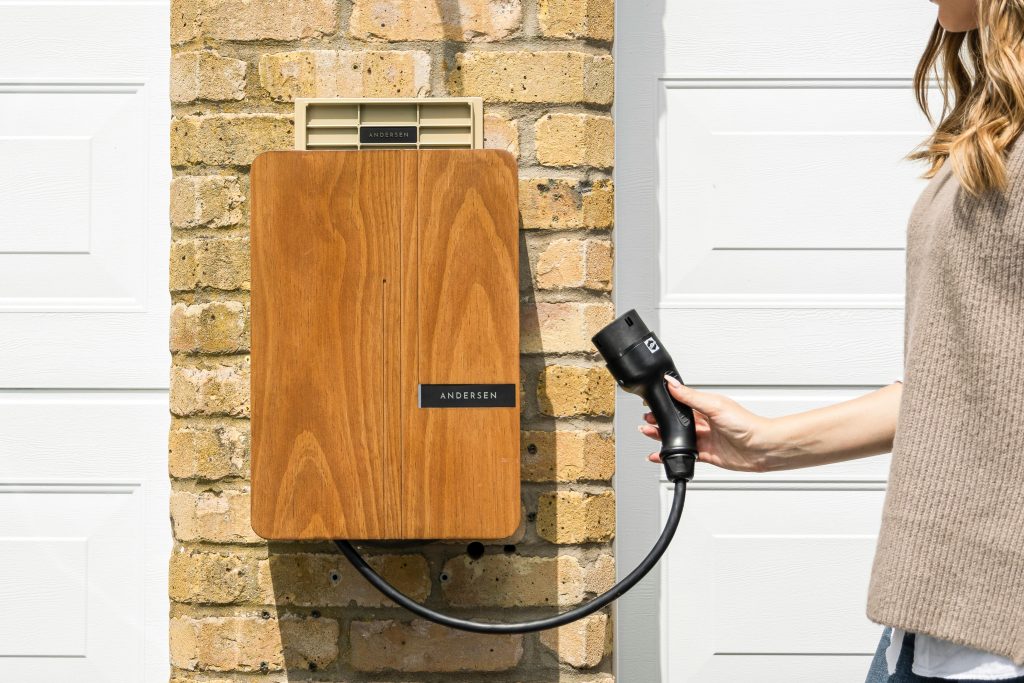As electric vehicles (EVs) gain popularity in India, more homeowners are considering installing EV charging stations at home for convenience and cost savings. Setting up a home charging station may seem daunting, but with the right guidance, it can be a smooth process. This step-by-step guide will walk you through everything you need to know—from selecting the right charger to getting approvals and ensuring safety compliance.
1. Understanding Your EV Charging Options
Before installing an EV charging station, it’s essential to understand the different types of chargers available:
Slow Chargers (AC Level 1)
These chargers use a standard 220V household socket and provide a charging speed of around 3-5 km per hour. They are best suited for overnight charging and require no additional infrastructure.
Fast Chargers (AC Level 2)
These require a dedicated 7 kW to 22 kW connection and charge at 15-40 km per hour. They are ideal for home use if you need faster charging.
DC Fast Chargers
These are high-powered chargers (50 kW or more) typically found at public stations. They are expensive and not practical for most home installations.
Key considerations:
- Check your EV’s compatibility with charger types.
- Assess your daily driving needs to determine charging speed requirements.
- Ensure your home’s electrical system can handle the load.
2. Assessing Electrical Load and Infrastructure
Installing an EV charger may require upgrading your home’s electrical system. Here’s how to assess your setup:
Check Your Electrical Panel
Most Indian homes have a single-phase 220V connection, which works for slow chargers. However, fast chargers may need a three-phase connection (415V). Consult an electrician to evaluate your panel’s capacity.
Calculate Power Requirements
Determine the power rating of your chosen charger (e.g., 3.3 kW, 7.4 kW, or 11 kW). Ensure your home’s total load (including other appliances) does not exceed the sanctioned load from your electricity provider.
Upgrade if Necessary
If your electrical panel cannot support the additional load, you may need to upgrade it or apply for a higher sanctioned load from your electricity distribution company (DISCOM).
3. Getting Necessary Approvals
In India, installing an EV charger at home may require approvals depending on local regulations and the type of charger:
Residential Society Permissions
If you live in an apartment or gated community, check with your Resident Welfare Association (RWA) for any restrictions or guidelines on EV charger installations.
DISCOM Approval
Some states require homeowners to inform or seek approval from their electricity provider before installing a charger, especially for fast chargers. Contact your local DISCOM for specific requirements.
Government Subsidies
Several states offer subsidies or incentives for home EV charger installations. Check with your state’s EV policy to see if you qualify for any benefits.
4. Choosing the Right EV Charger and Installation
Selecting the right charger and ensuring a safe installation is crucial for long-term performance.
Buying a Charger
Popular brands in India include Tata Power, Delta, ABB, and Exicom. Consider factors like:
- Charging speed and compatibility with your EV.
- Smart features (Wi-Fi connectivity, scheduling).
- Warranty and after-sales support.
Hiring a Certified Electrician
Always hire a licensed electrician experienced in EV charger installations. They will ensure:
- Proper wiring and earthing.
- Correct circuit breaker and safety switch installation.
- Compliance with local electrical codes.
Installation Process
- Mount the charging unit on a sturdy wall or pole.
- Run dedicated wiring from the electrical panel to the charger.
- Install a residual current circuit breaker (RCCB) for safety.
- Test the charger before regular use.
5. Maintenance and Safety Tips
Once installed, maintaining your EV charger ensures longevity and safety.
Regular Inspections
Check cables, connectors, and the charging unit for wear and tear. Schedule annual inspections with an electrician.
Safety Precautions
- Avoid using extension cords.
- Keep the charging area dry and well-ventilated.
- Unplug the charger when not in use to prevent power surges.
Troubleshooting Common Issues
If your charger stops working:
- Check the circuit breaker and reset if needed.
- Ensure the power supply is stable.
- Contact the manufacturer or electrician for persistent issues.
Installing an EV charging station at home in India is a practical investment for EV owners, offering convenience and long-term savings. By understanding your charging needs, securing approvals, choosing the right equipment, and following safety protocols, you can enjoy hassle-free charging at home. As EV adoption grows, having a personal charging station will become even more valuable, making now the perfect time to take the plunge.
